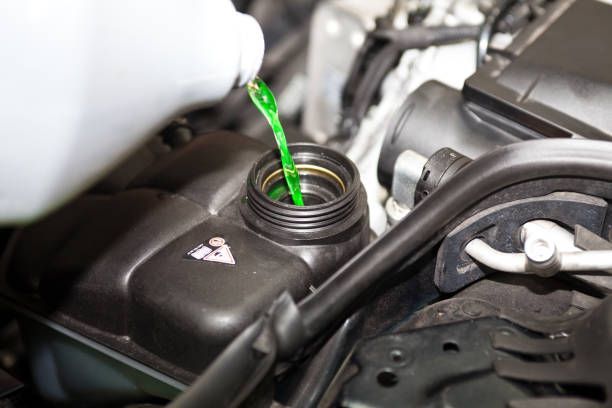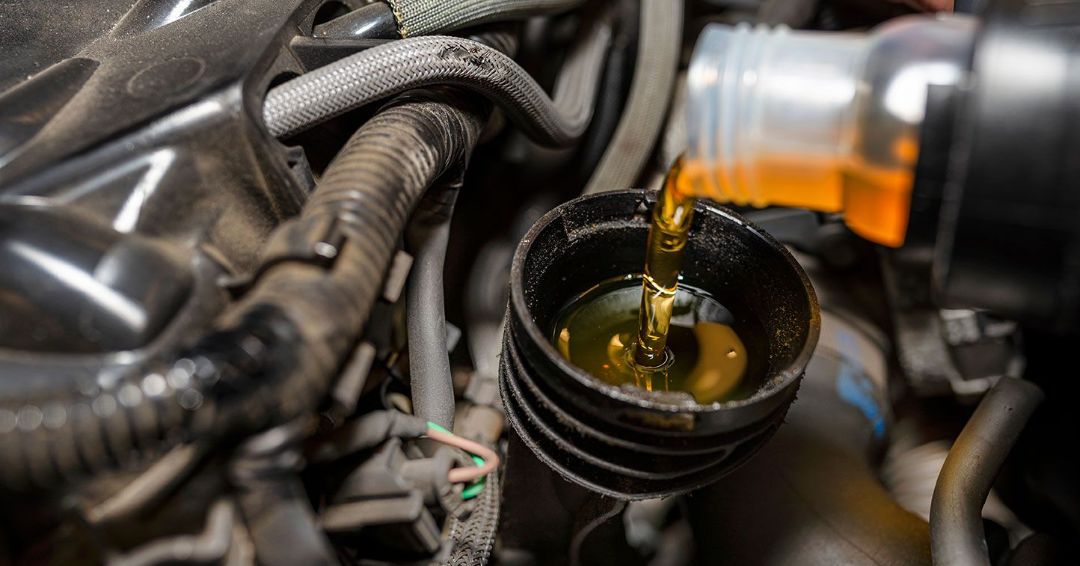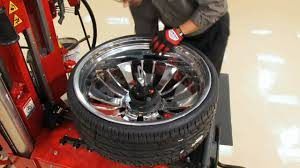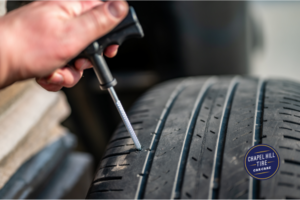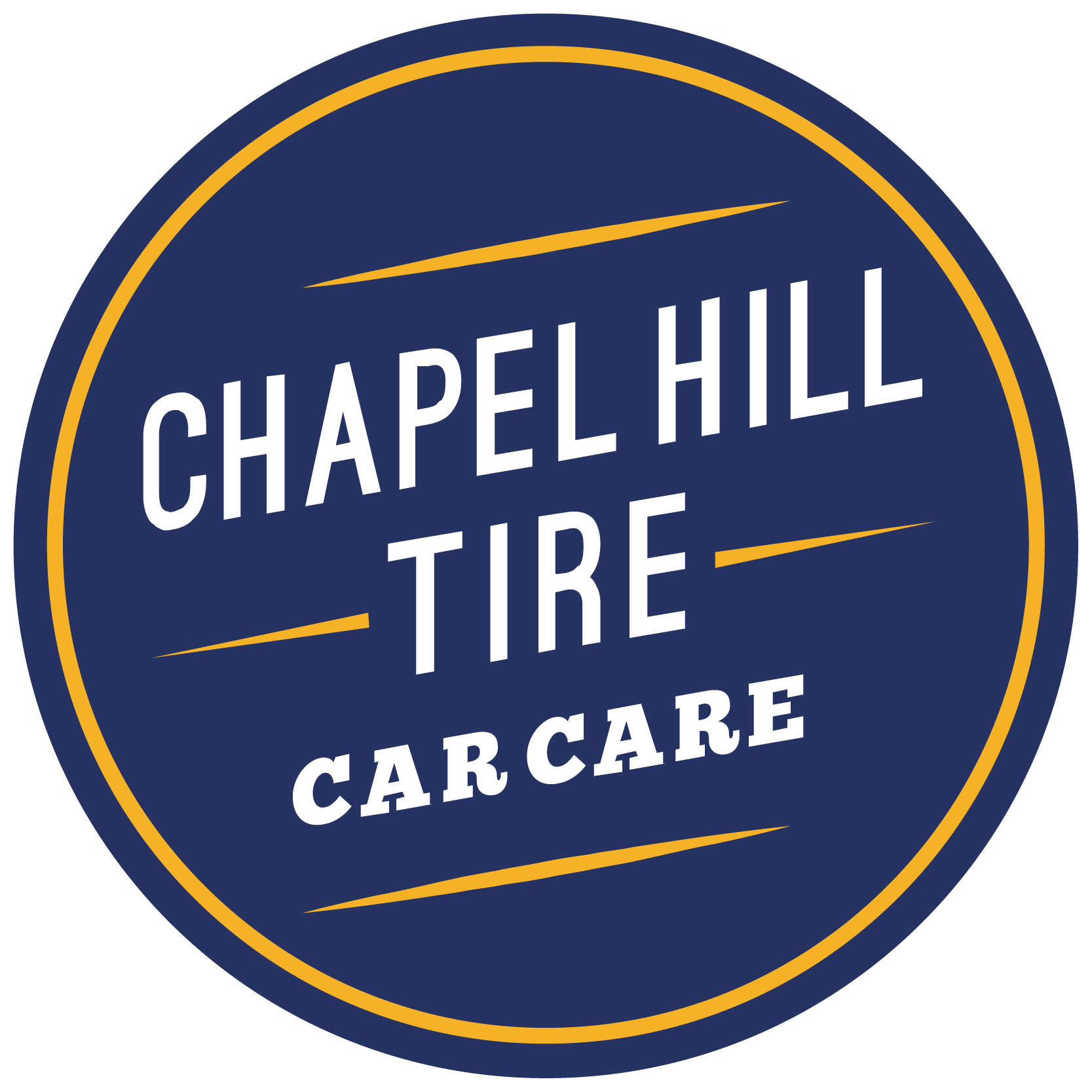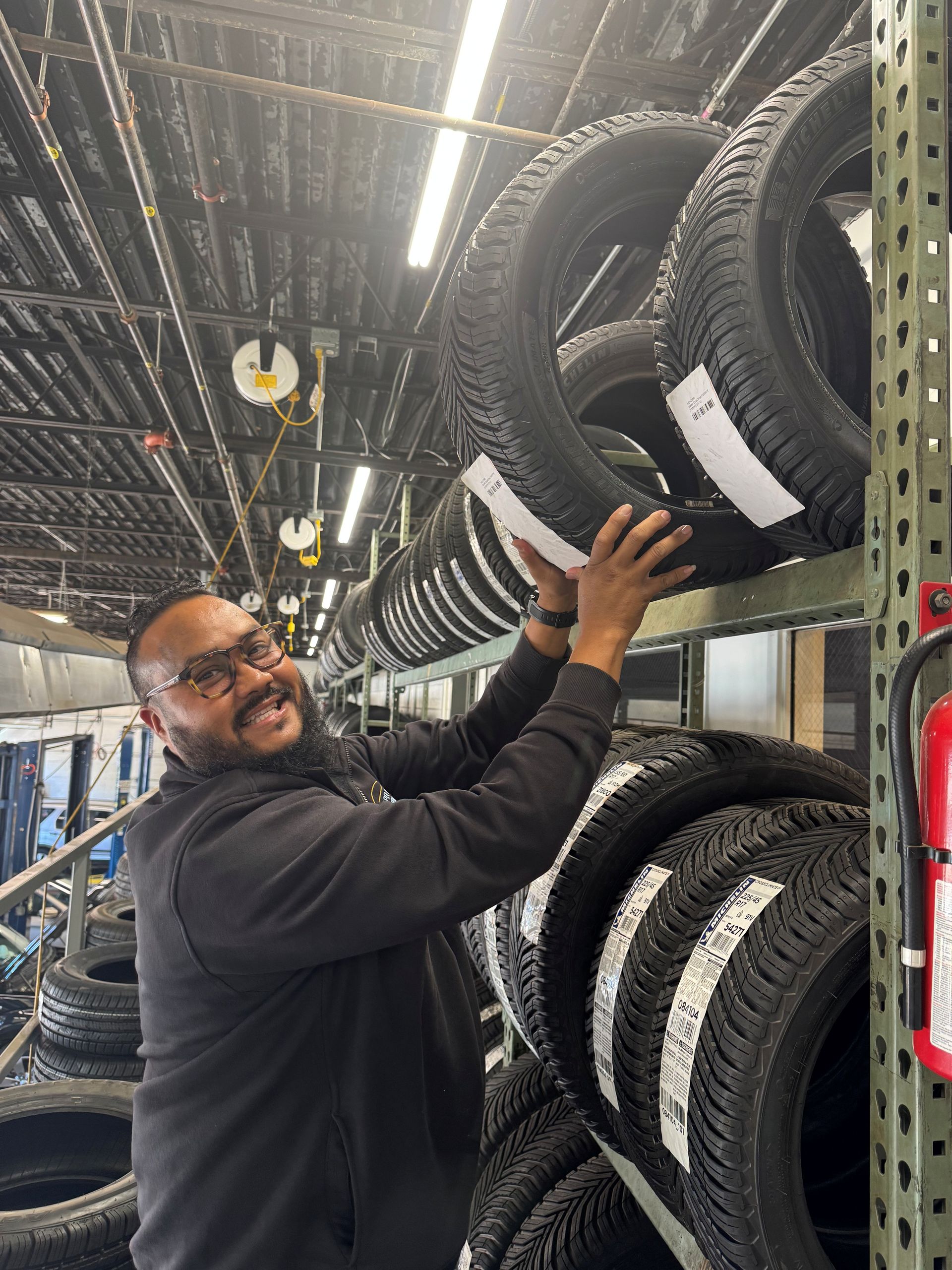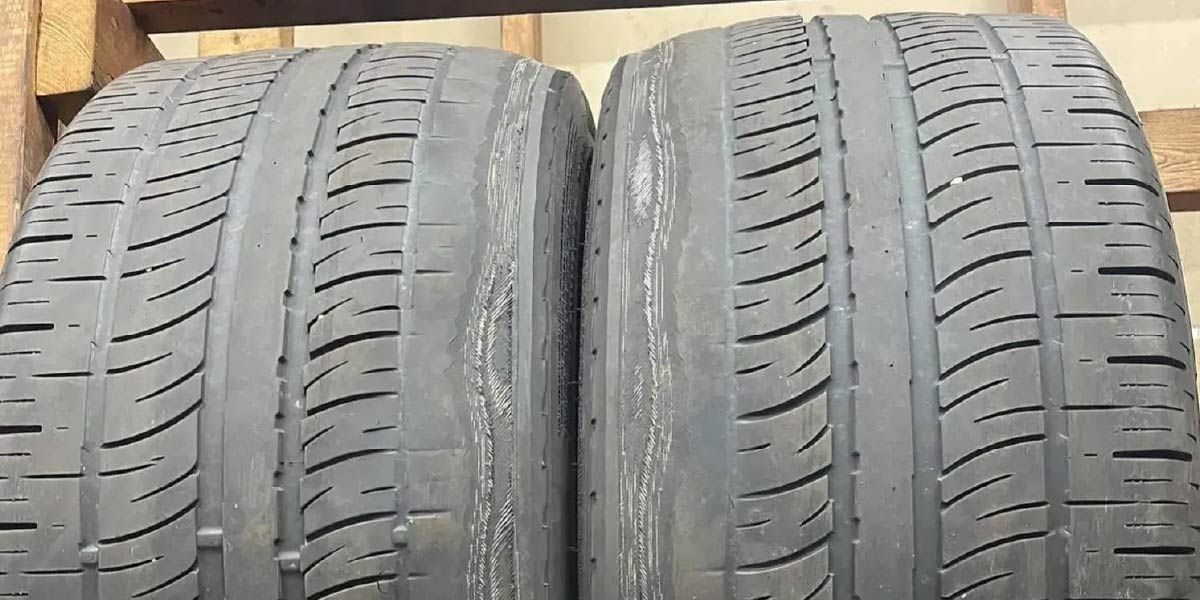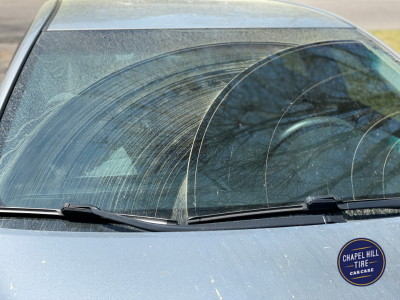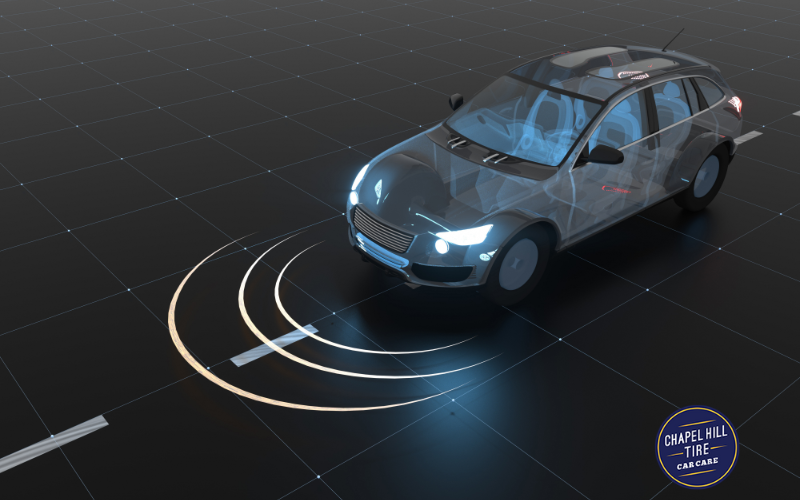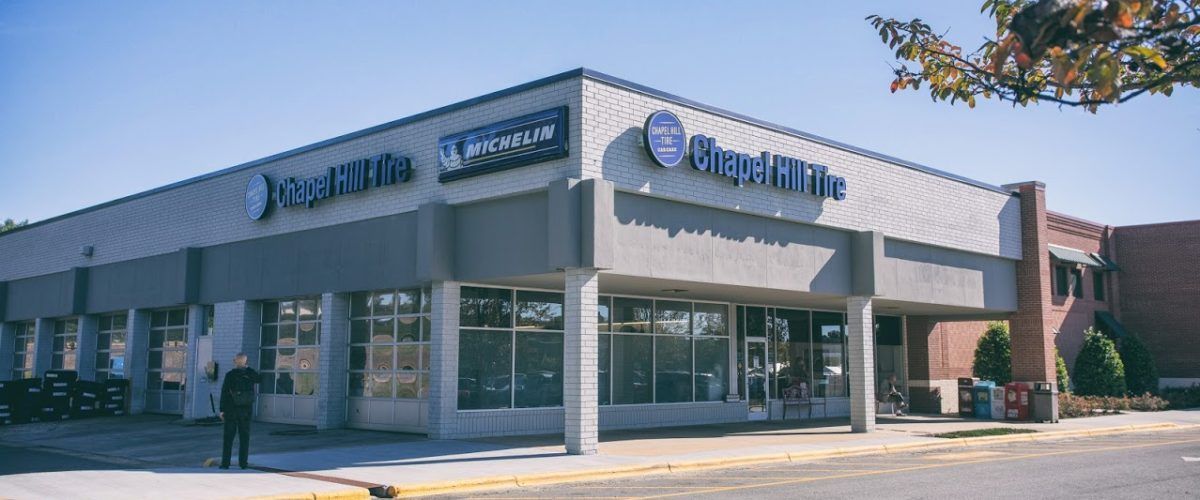Uneven Tire Wear: Causes, Symptoms, & Potential Fixes
Auto Shops Located in: Chapel Hill, Durham, Taleigh, Apex, and Cary North Carolina
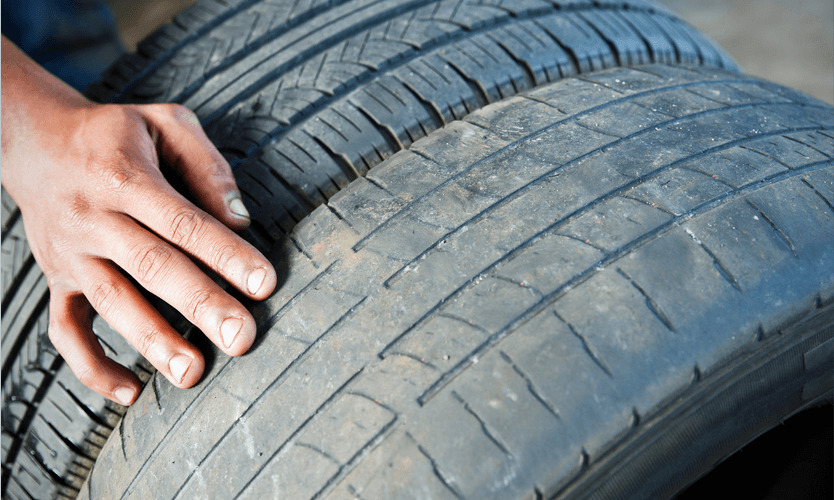
While you drive, your tires will begin to wear down and eventually need to be replaced, usually at the four or five-year mark. Though normal wear and tear is normal, uneven tire wear can reduce your tires’ lifespan and cause issues with handling and traction. These negative effects can be a major safety issue, as the National Highway Traffic Safety Administration estimates there are close to 11,000 tire-related accidents a year.
As you try to keep yourself as safe as possible while driving, take a moment to review some of the primary symptoms and causes of uneven tire wear.
8 Uneven Tire Wear Symptoms
Since uneven tire wear can lead to accidents, it’s essential drivers know how to spot the main signs their tires may be wearing unevenly. Some of the common symptoms of uneven tire wear include:
- Vehicle drifting to the left or right on a flat road when you take your hands off the wheel
- Vibrating or shaking wheels
- Excess wear located on the outer or inner edge of tires
- Patchy areas of excess wear around the tire
- Less traction while driving, especially in wet conditions
- Greater wear in the center of the tire tread
- Humming noises that grow louder as you increase your vehicle’s speed
- Scallops or dips in the tire tread (also called tire cupping)
If you notice any of these uneven tire wear symptoms, you should have a mechanic inspect your tires to determine whether your vehicle is safe to drive.
4 Uneven Tire Wear Causes
Uneven tire wear can be caused by several issues, such as misaligned wheels, damaged suspension systems, tire pressure issues, and bent or cracked wheels. Learn more about the primary uneven tire wear causes and their potential solutions below:
1. Misaligned Wheels
Misaligned wheels are a common cause of uneven tire wear, as your vehicle’s alignment ensures your tires are hitting the road at the right angle and your wheels are pointing in the same direction. When your wheels aren’t properly aligned, your tires won’t make contact with the road evenly, resulting in uneven tire wear.
If misaligned wheels are the cause of uneven wear, you’ll need to schedule an alignment service at your local repair shop. During this service, a mechanic will ensure your wheels are parallel to one another and properly aligned.
2. Damaged Suspension
Like misaligned wheels, a damaged suspension system can cause uneven tire wear. Whether it’s failing tie rods, wheel bearings, bushings, or ball joints, your suspension system needs all these components working well to keep your tires and wheels in the right position. If your suspension is damaged, your wheels may lean in the wrong direction, causing excess wear on the inner or outer edges of your tires.
Since repairing a damaged suspension is difficult, you’ll need a mechanic to repair or replace any failing parts. Once your suspension is fixed, your tires should wear evenly again.
3. Tire Pressure Problems
When your tires are either under-inflated or over-inflated, they can suffer from uneven wear. An over-inflated tire will cause the center of your tire tread to wear faster than it does at the sides, and an under-inflated tire will cause the sides of the tread to wear faster than the center.
Fortunately, properly inflating your tire can prevent the wear from getting worse or even starting in the first place. Before you adjust your tire pressure, check your vehicle’s owner’s manual to find the manufacturer’s tire pressure recommendations. Next, check your tire pressure, and if it’s too high or low, adjust it to meet the recommended levels. In the future, use a tire gauge to check your tire’s pressure monthly to prevent the issue from recurring.
4. Damaged Wheels
A variety of driving hazards, such as potholes and obstructions, can harm your wheels if your vehicle comes into contact with them while you’re driving. If you have alloy wheels, the damage will likely be in the form of a crack, while a steel wheel’s rim will bend. This damage can cause your tires to wear down irregularly, and they can also make your tires vibrate while you’re driving.
If you notice any visible wheel damage or feel a vibration while driving, your wheels should be inspected at a repair shop. If they find your wheels are damaged, they may be able to repair them, but if the damage is structural, you’ll likely need to have them replaced.
Schedule a Tire Inspection at Chapel Hill Tire
If you suspect your tires are wearing unevenly and need to schedule a tire inspection in Durham, Chapel Hill, Raleigh, or the surrounding Triangle area, turn to Chapel Hill Tire. When you bring your vehicle in for an inspection, our team will thoroughly inspect your tires for uneven wear. Once they’ve determined your tires aren’t wearing correctly, they’ll find the root cause and quickly handle the repairs your vehicle needs to run smoothly. Before you bring your vehicle in for service, we recommend checking out our coupons to see how much you can save.
Learn more about our tire repair and replacement services today! If you need to bring your car in for service, please make an appointment at one of our convenient locations in the Triangle Area.
We’ve got all your automotive repair needs covered.
